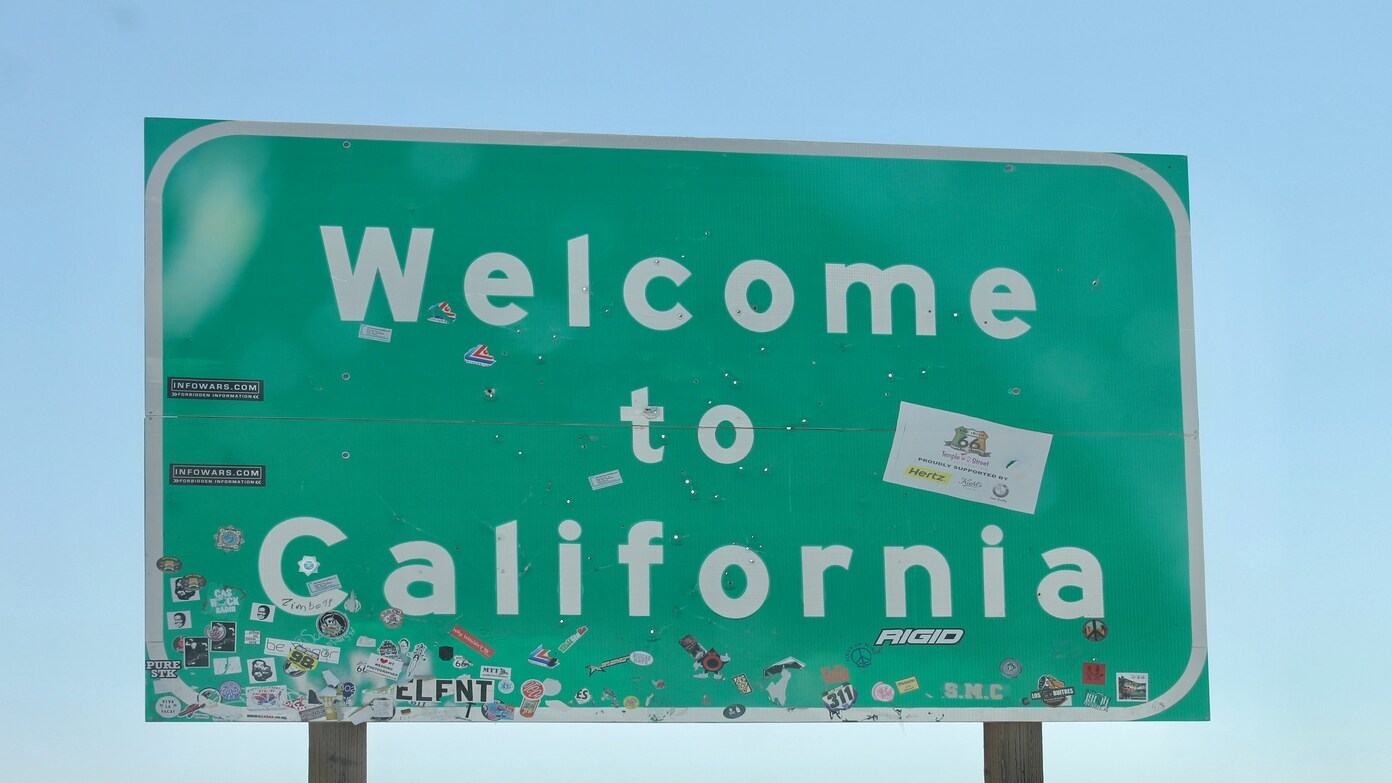CalFresh adopts significant rule reforms
California’s CalFresh program, the state version of the federal Supplemental Nutrition Assistance Program (SNAP), is adopting new rules affecting the way certain residents are eligible for food benefits. The goal, state and federal officials say, is to align with recent federal legislation and ensure that benefits are being directed to individuals who have certain work and age qualifications.
These modifications mainly target a particular group known as Able-Bodied Adults Without Dependents (ABAWDs) — adults with no children or other dependents and who are physically capable of working.
Read this later: How many veterans have received the Medal of Honor and who are the recipients?
Why the rules are changing
The revisions come after the passage of two federal laws:
- The Fiscal Responsibility Act of 2023 (FRA)
- The One Big Beautiful Bill Act of 2025 (OBBB), signed into law in July 2025
Both bills include language that tightens the requirements for food assistance programmes like SNAP and, in California, CalFresh. Both bills aim to bring more adults back to work or into the workforce while still helping those who need it.
But critics argue the changes risk reducing food aid to thousands of low-income adults who can’t find stable jobs or meet the new standards.
Major CalFresh eligibility changes
The new CalFresh regulations bring a number of significant changes to ABAWDs. Here’s how they affect beneficiaries in California:
1. Extension of age
The age for ABAWDs is being increased from 18–54 to 18–64 years old. Adults up to the age of 64 who do not have dependents will now be required to comply with work requirements in order to remain eligible for CalFresh benefits.
2. Benefit time limit
In the new rule, the ABAWDs can only receive CalFresh benefits for three months over 36 months if they fail to meet specific work-related requirements. Once the three months are exhausted, the benefits will stop until such time as the individual meets the new work requirements.
3. Work or training requirement
To keep receiving CalFresh, ABAWDs must work or participate in job training programmes for at least 80 hours per month. This can include part-time jobs, volunteer programmes, or approved employment and training programmes through local workforce agencies.
4. End of temporary exemptions
During the pandemic, the Fiscal Responsibility Act provision briefly made more people eligible for food assistance without having to meet the work requirement. That provision is expiring, which will compel those who were previously exempt to meet the stricter conditions again.
Read this later: Five agreements with payments of up to $10,150 that Americans can take advantage of before the end of 2025 – Check if you qualify…
Who will be impacted
Poor adults between the ages of 18 and 64 years who are neither children nor have dependents nor are considered disabled are mostly impacted by these new conditions.
However, certain people may still be exempt from ABAWD rules, including:
- Pregnant women
- Persons with documented physical or mental health barriers
- Homeless persons
- Veteran
- Treatment program participants in drug or alcohol treatment programs
- Local CalFresh offices will review each applicant’s case to determine if they fit under an exemption.
Implementation timeline
While the federal rules have been finalised, California has been given a reprieve by the U.S. Department of Agriculture (USDA) temporarily. That means not having to implement the tighter ABAWD requirements until January 31, 2026.
Until that date, CalFresh recipients in California will be permitted to continue receiving their benefits without being required to show they had 80 hours of work or completed a training program monthly.
What this means for Californians
When the new rules take effect, as many as thousands of Californians can expect their CalFresh eligibility to be altered. As advocates say, it will motivate more adults to work and gain independence. Critics say that many would lose food benefits simply because of insecure labour markets or barriers such as transportation or medical issues.
Meanwhile, CalFresh recipients are advised to keep themselves informed from their local social services agency or the website of the California Department of Social Services (CDSS). These agencies will announce what and when the new regulations become effective in early 2026.

